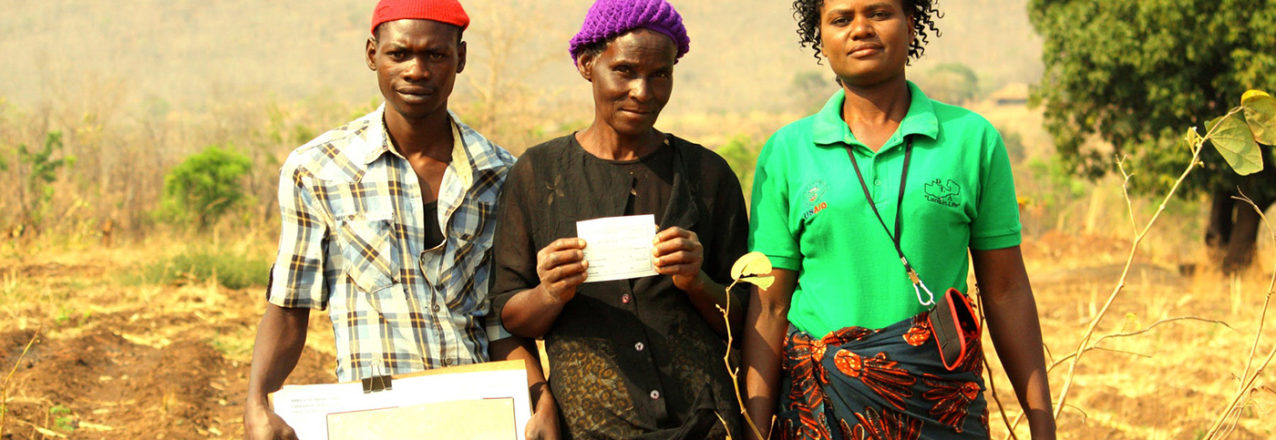Documenting land rights to reduce conflict, address climate change.
Originally appeared on Exposure.
OUR MOST IMPORTANT ASSET IS LAND
In Zambia, agriculture supports the livelihood of over 70 percent of the population, including 78 percent of women.
For women and men in Zambia – as in much of the developing world – land is one of the most important assets. Clear, secure rights to land empower people to make long-term investments that reduce extreme poverty, improve food security and address climate change.
BUT RIGHTS TO LAND AND RESOURCES ARE OFTEN UNCLEAR AND INSECURE
About 90 percent of the land in Zambia is under customary control outside of the formal legal system, administered by traditional authorities, such as chiefs and headmen. The vast majority of rural Zambians live on these customary lands without formal property documentation.
Maps showing the boundaries of fields, forests or villages are often inaccurate or non-existent. The result is a lack of clarity over rights and responsibilities.
In a recent survey in Zambia’s Eastern Province, 91 percent of rural people stated a desire to acquire some form of paper documentation for their land.
Read the full photo essay on Exposure.


